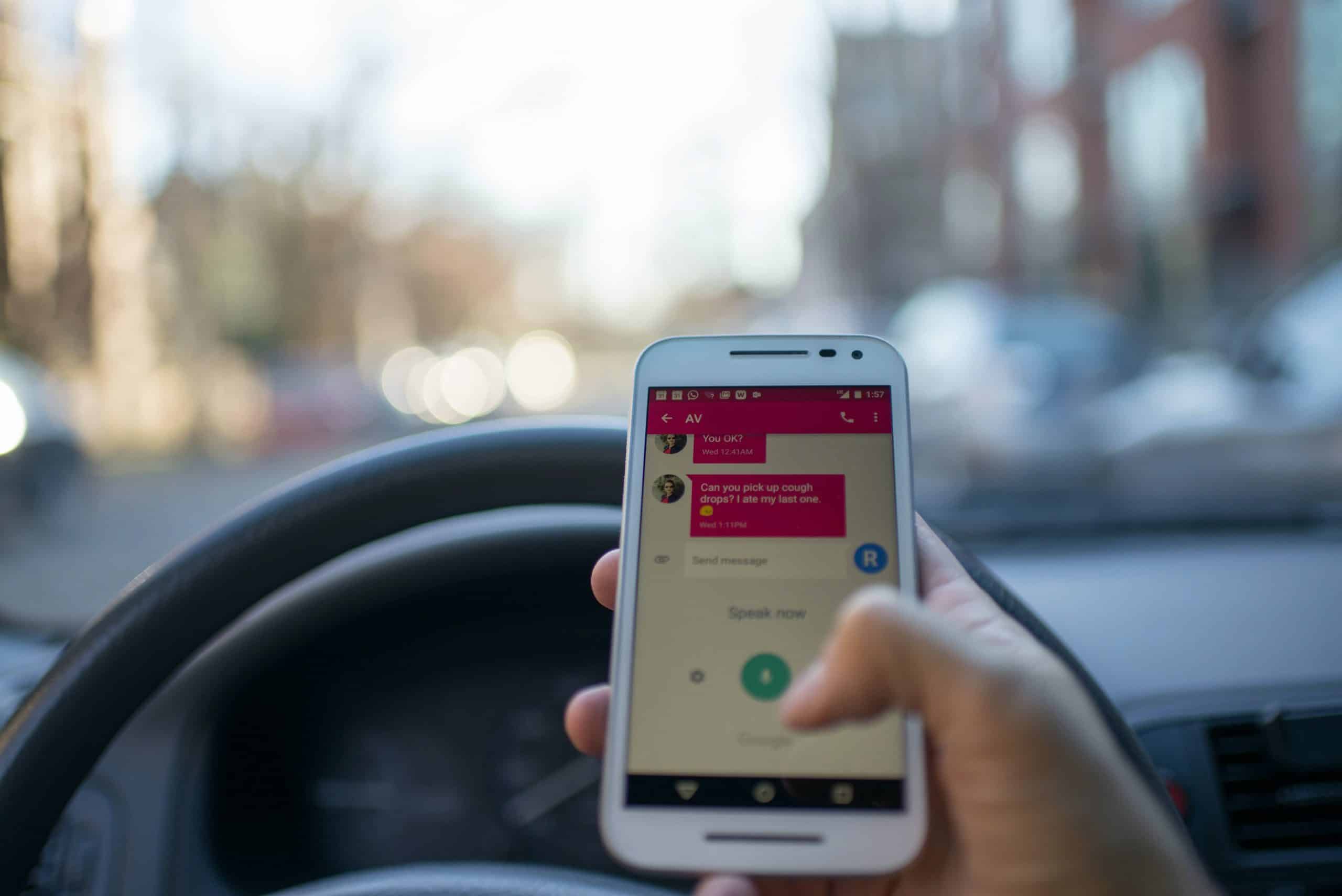How you can increase the conversion rate of your Affiliate Landing Page
Ok, let’s start with the basics. A landing page is a single page that gives a clear message to your audience with as few distractions as possible- typically a landing page (also known as a ‘squeeze’ page) is at the top end of an affiliate sales funnel and is used to collect the email or contact details of a potential customer. Once you have this customer’s details you can send them carefully created email content in order to engage them or make sales. Sounds simple, right? Just drive traffic to your landing page, collect lead details from your potential customer and sell to them on the backend?
It is loosely simple, but for other reasons, it’s not easy. In this article we are not looking at how to drive traffic to your landing page – typically you’ll use paid traffic through a platform like Google, Facebook or Native Ads, as it can be hard to drive SEO to landing pages as they are typically thin or short content.
There are many variables that relate to how successful your landing page will be, obviously traffic, as mentioned above, and also the offer itself. In between these is a number of different factors that heavily weigh on the success of your campaign.
Don’t distract the visitor
Firstly, as mentioned earlier, you don’t want to distract your user from the actual action you want them to take. If you want them to enter their email and submit it in a form using a CTA (Call to Action) button, have as few other ways of exiting the page as you can. Things like page navigation and footer links should be removed unless they are absolutely necessary. The lengths of copy paragraphs should be short enough to make your copy as engaging and easy to read as possible. The CTA button should be present in all sections of the page to make sure the potential customer cannot scroll to any part of the page where it is not visible. Social proof that answers likely customer objections also improve the effectiveness of your page.
This is all part of engaging the visitor first, before trying to influence them in any other manner. Getting user engagement is a fantastic way to turn them into a potential customer. User engagement can be improved in many ways. One of the best of these is to use a well-constructed quiz – and ask for their contact details at the end of it in order to send them results. There are many ways to quiz the customer, the best of which I have found is to use a platform like Leadquizzes which makes life easy to create a quiz for the potential customer. Classic use of a platform like Leadquizzes would be based around a question like ‘Does my body shape influence how I should eat?’ creating a series of questions around this, and then sending offers to their email based on their answers.

There are two great benefits to this for the Affiliate Marketer:
- Engaged users are more likely to give you their email address
- Based on the questions, you can get a better idea of what products they are likely to buy
A quiz is a fantastic way to increase lead collection and grow your audience.
Get that user engagement UP
There are other ways to increase user engagement. One that works particularly well on touch screens and mobile devices is a widget with a good old fashioned slider or some other sort of UI/UX interaction. When a user feels they have some sort of control or impact on the page through interaction, typically they are more likely to be engaged.
Your typical landing page will convert visitors to sales at the rate of 2%, or maybe a bit higher if you’re lucky. That doesn’t necessarily mean the other 98% didn’t want to buy; maybe the timing wasn’t right for them or any other of a myriad of reasons stopped them from purchasing. That’s why an exit popup for your landing page (see my article here on exit popups) is a great addition to any landing page. You can use a tool like Getresponse, which is a multi-dimensional email autoresponder platform, to create an exit popup form for your landing page (incidentally Getresponse can be used to create great landing pages, in conjunction with its email marketing and other features). Exit popups can be used to grow your email audience and build the life-time-value (LTV) of your customer base.
Another little hack to improve the lead collection effectiveness of your landing page is to play on people’s psychological need to feel special, unique and make them feel that the offer is specifically tailored for them. One way to do this is to customise your page using Geo-Location, or other user specific browser data. A simple example of this in action would be instead of: “90% of people that bought this product would recommend it” to use geo- and ip related data such as “90% of Macbook Pro users in Iowa that bought this product would recommend it.” Though it may seem a little silly personalising the offer with the pieces of information available to your site via plugin or if you’re a bit handy with code, from the browser request, it’s a highly effective technique in creating relevant social proof for your offer.
Copy writing genius
One of the best, but perhaps a little more difficult ways to improve the conversion rate of your landing page is the written copy itself. There are some phenomenal stats on how much (or how little) copy actually gets read and there is no doubt that story telling and hence copy writing remains one of the most effective and important skills out there. Copy needs to be to the point and capture the attention of the reader, but at the same time needs to be believable and factual. It is easier said than done and this is why some copywriters can command astronomical fees for relatively short pieces. If you’re not confident that the copy you are writing is sufficient, there are a couple of tools I can recommend. One is to measure the emotive power (or EMV Emotional Marketing Value) of your headline (yes, this is a real thing). There are simple tools available on the web if you do a google search for EMV. These will give you a calculated value (up to 100%) of how emotionally strong your headline is. I’m sure, like emotions themselves, it’s not an exact science but it can definitely give you a good indication as to how powerful, engaging and catch your headline is. Rule of thumb is under 50% is not suitable for a landing page, and over 75% is preferred. The other tool is the obvious one – get someone to do it for you. If you don’t know someone who writes copy it’s readily available as a service on the internet through a skills exchange like Fiverr, with the budget required ranging from the ubiquitous fiver through to many thousands of dollars depending on what you require.

While we’re on the subject of landing page copywriting and headlines – there’s a few other keys to observe.
- If you’re using search to advertise, keep your character count under 65 for length
- Numbers and negative keywords typically increase CTR (Click through rate). That’s why you see those native ad headlines like “82% of users couldn’t believe this result.”
- TO avoid a disconnect, make sure your headline matches content
- Aim for a six word headline for best results
- Don’t use ambiguous words in your headlines
- Adjectives and ‘power’ words are great
Activity based questions
In the same mould as an exit popup, if a user lingers for a long time on your page without taking an action, it’s a great opportunity to ask them a question. Activity based popups are a great way to engage visitors that are perhaps not fully engaged in your landing page offering. Even the simple ‘Was this page helpful?’ giving a rating out of 10 is one way to keep your visitor’s attention.
FOMO
If you’re looking for something a bit different to tip your user into buy mode, or at least to collect their email, try evoking fear. No, we don’t mean send Darth Vader style messages to their browser, but fears such as the fear of missing out (FOMO) and fear of loss can be huge factors in finally convincing a visitor to engage with your call to action. Fear of missing out has many simple ways of invocation – the most obvious being a countdown clock on a special offer – a common yet highly effective way to convince customers to engage. Another, less common way to invoke fear, when you are selling or advocating say an online security product, is to reflect back to the customer some information that the web request they have initiated says about them for example browser or IP address. Many users are oblivious to the fact these items are readily available, and it’s a great selling point which plays on the fears of the visitor. Of course, please be ethical and careful when using this kind of information and data – can I quote Google’s famous ‘don’t be evil’ mantra – I think it goes something like that.
Clip the checkout
So when a customer clicks your call to action, be it a sale or lead collection, how can you increase their engagement at this point? One way is to use the ‘checkout bump’ as it is commonly known. A checkout bump is where you offer a lower priced offer in conjunction with the offer the customer has already agreed to with your CTA. It needs to be clear how your ‘checkout bump’ product or offer benefits the customer and easily explainable in a few sentences. For best conversion of this extra sale, it needs to appear discounted and priced at 50% or less than the initial offering. Other factors which can help are the use correlation of the product with the main offer the customer has just agreed to, which is basically does the ‘checkout bump’ product or offer complement the main offer in its usage. Checkout bumps are an effective way to add a few percent to your revenue.
The above are some fantastic ways to improve the conversion rates of what you are offering through your landing page. You may ask what is the best way to create a landing page – personally I have used and highly recommend Getresponse. Landing pages are part of the sales funnel cycle which Getresponse does beautifully almost start to finish – I did an article on how Getresponse can be used to create a sales funnel here. There are plenty of other specific, easy to use landing page products on the market – another I have used and affiliate is Instapage.
A landing page is one of the most critical points in the sales funnel and has some of the biggest say in the efficiency and profitablility of any sales funnel campaign. I haven’t covered it fully in this post but split testing (A/B testing) is a fantastic way to improve the conversion rate of your page, if you are running a high enough volume. Things like the placement of page elements, the text of your call to action button, and the colour or creative types of your page assets are all things that split testing can optimize with real-world data. Again, my favourite platform Getresponse has this functionality built in out of the box, and there are specialist platforms out there like Optimizely which can serve these pages for you.
For an affiliate marketer, the skill, science and art of landing pages is an essential part of your toolkit. If you are prepared to direct social, search or web traffic to one, be it paid or otherwise, make sure you go to the effort of doing it properly. The above is a far from exhaustive list of landing page ideas but should give you a big head start on your competition to get people that land on your page either buying your offer or onto your mailing list audience.
Of course, if you were in any doubt, yes I am an affiliate for a number of the products and tools listed in this article, so yes, I can gain financially if you click on one of my links and buy a product that is in my opinion worth using. If you do decide to use any of these tools, naturally I would love you to go through one of my links. It helps me in funding the site and creating more useful content.





Leave A Comment